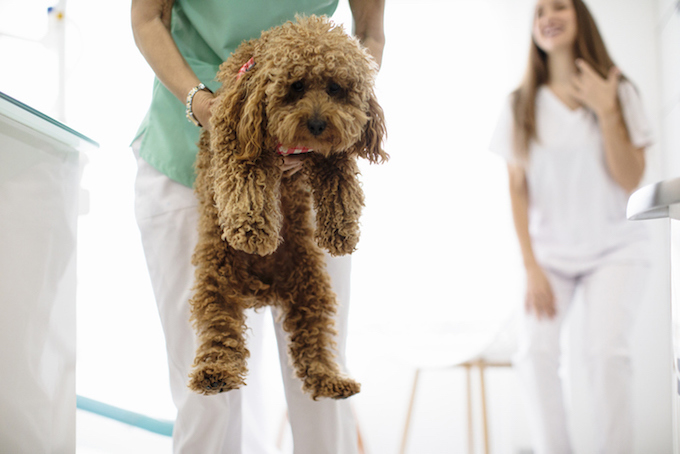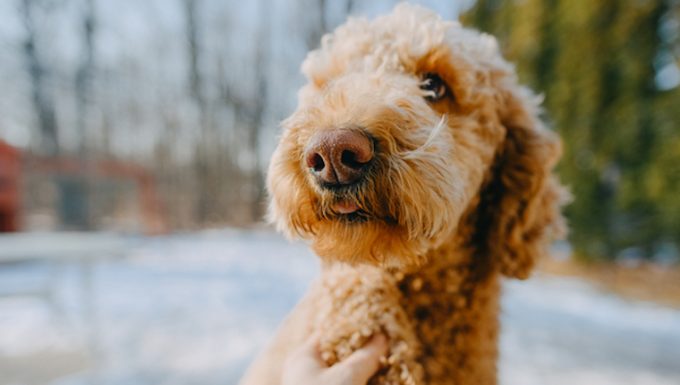Nasal adenocarcinoma in dogs is a type of canine nose cancer. Technically, it is the most common type of nose cancer in dogs.
Generally, dogs around the age of ten seem to be most likely to develop the condition. Additionally, certain breeds of dog including Collies, Basset Hounds, and Poodles seem to be most predisposed to suffering from the condition.
Usually, a runny nose is one of the key symptoms of the condition.
If you see the signs of the condition in your dog, then get to a veterinarian for a proper diagnosis and treatment.
Here’s what you should know about the symptoms, causes, and treatments for the condition.
Symptoms of Nasal Adenocarcinoma in Dogs
The condition produces a compact range of symptoms. For instance, some of the most common symptoms include:
- Runny nose
- Snoring
- Sneezing
- Pain around the nose
- Shortness of breath
- Swollen face
Causes of Nasal Adenocarcinoma in Dogs

The cause of the condition is unknown. Technically, this means the condition is idiopathic.
However, the following factors are suspected to play a part in causing the condition:
- Exposure to cigarette smoke
- Airborne pollutants
- Fossil fuel byproducts
- Flea medications
Additionally, the following breeds suffer from the condition more often than other breeds:
- Poodle
- Collie
- Basset Hound
- Airedale Terrier
- Scottish Terrier
- Golden Retriever
- Sheepdog
- Labrador Retriever
Finally, dogs with long noses also seem to be most at risk of developing the condition.
Treatments for Nasal Adenocarcinoma in Dogs
Firstly, your vet will ask about your dog’s symptoms. Secondly, your vet will ask about your dog’s full medical history. This will include breed-specific problems.
Thirdly, your vet will carry out a CT scan or X-ray. This will help to diagnose the condition. Additionally, a tissue biopsy can be carried out.
Generally, treatment involves radiation therapy. Also, chemotherapy can be an option. The goal of treatment is to put the condition in remission.
Also, in some cases, radiation treatment for the condition can make your dog’s coat change color slightly.
Have you ever cared for a dog who suffered from this condition? How did your vet help your dog recover? Let us know in the comments section below.









